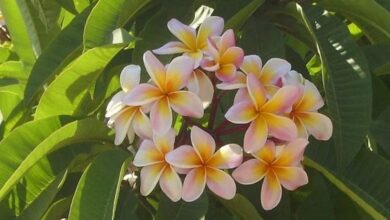Oleander Diseases
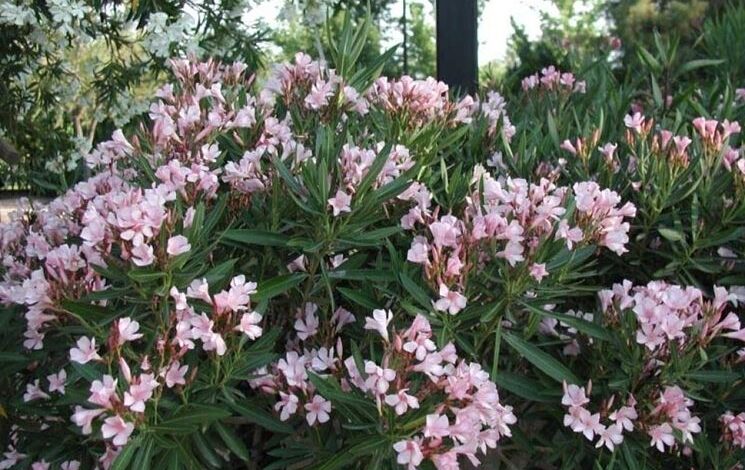
The oleander
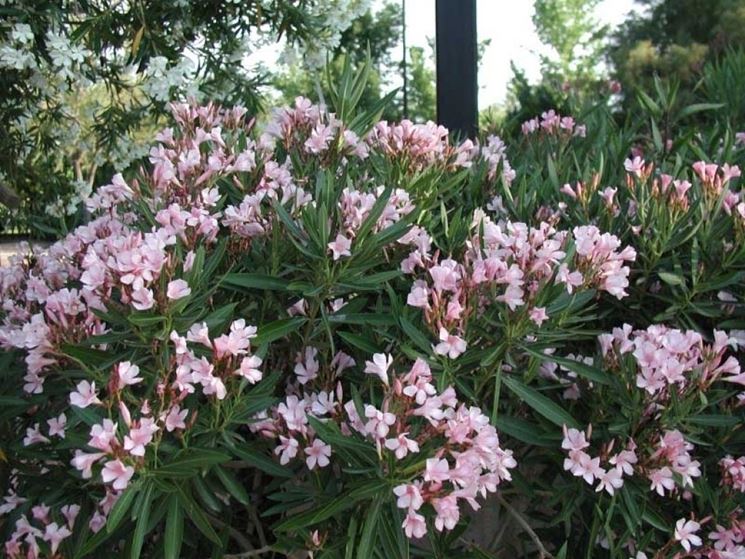
Structure of the oleander
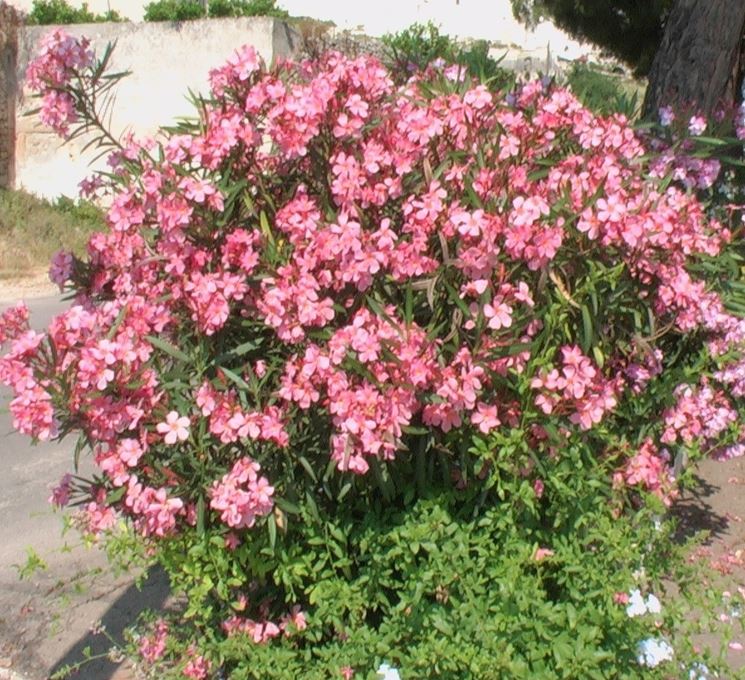
The oleander has the characteristic of resisting well to temperatures that can reach 40-50 degrees, and of surviving in environments rich in salt. The plant is often used for making hedges in difficult environments, such as along roads and highways, in order to create plant dividers, purify the air and adorn them appropriately. The oleander is a plant that manages to take advantage of the warm climate and direct exposure to the sun to be able to thrive and grow vigorously. It manages to take advantage of the humidity of the soil, responding vigorously, even if it can resist well to long periods of drought. Being a plant that prefers warm areas, it fears the cold very much, in fact it should be placed in a sheltered place in a sunny place in areas with a milder climate.
Diseases of the oleander
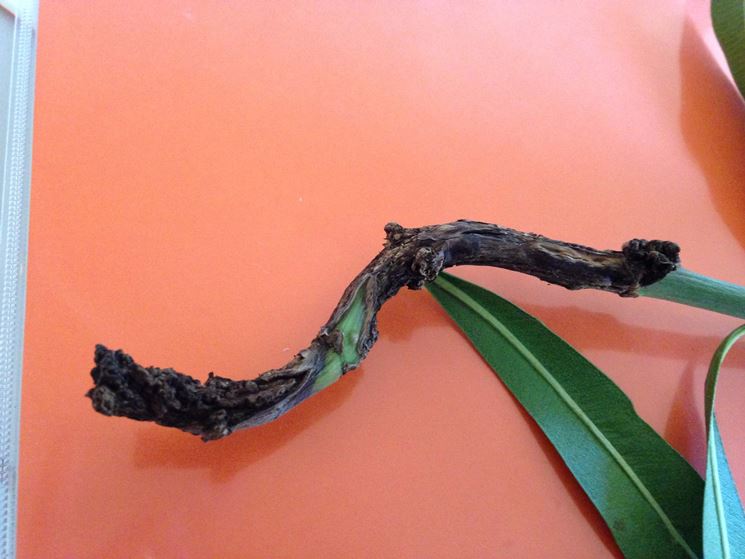
Among the diseases of the oleander, the most dangerous is certainly mange. This pathology is caused by a bacterium, Pseudomonas savastanoy patovar nerii, aerobic rod-shaped with one or more flagella, capable of moving in a liquid environment. This bacterium causes the formation of growths and tubercles that can be found on leaves, stems, flower buds and fruit. The predominant vehicle of infection is rainwater or irrigation water, in this way the bacterium is able to reach the wounds of the plant thus penetrating inside the plant. Infection causes few or no blooms and tubercle formation. The infection can affect the entire plant when the bacteria come to the surface and, as a result of rains, are transported to other parts of the plant.
Oleander Diseases: Prevention of Oleander Mange
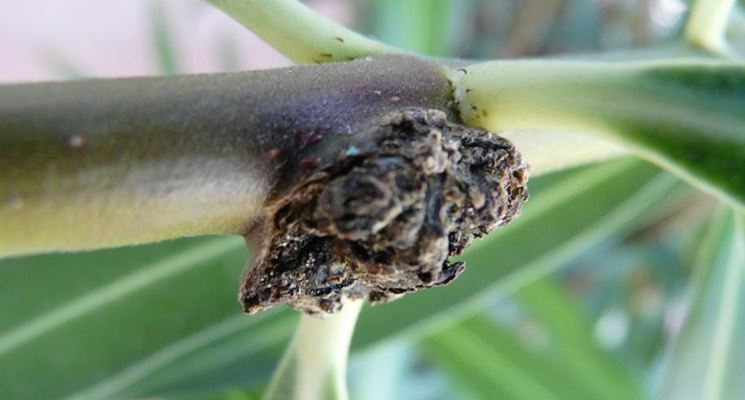
The only effective measures to combat this bacterium are of an exclusively preventive nature, it is possible to use only some copper-based products that are able to have a bacteriostatic, but not curative, action. The application of these products should be carried out after pruning, after a hailstorm or when spring frosts are feared. Further measurements can be made on the ground, avoiding water stagnation and not using rain irrigation. Excessive nitrogen-based fertilization which could cause excessive vegetative growth, making the plant more delicate in the cold winters, must also be avoided. Pruning should also be done with caution, using sterile tools and remembering to burn residues on site afterwards.


